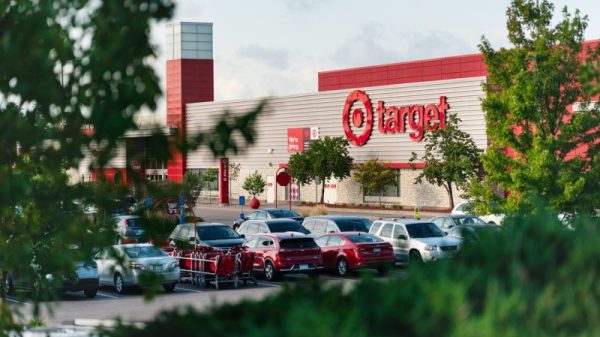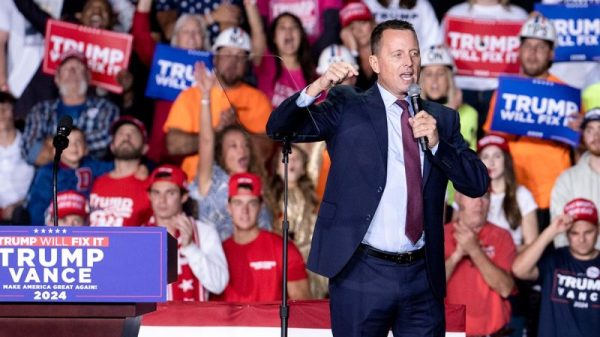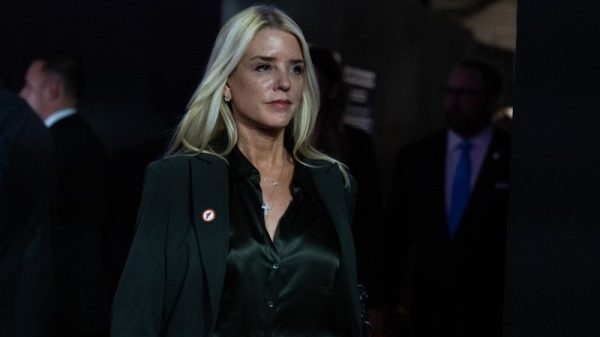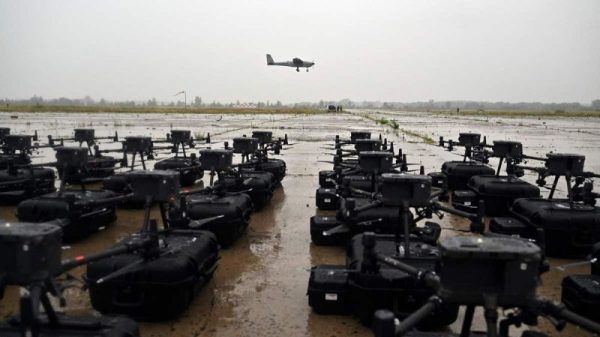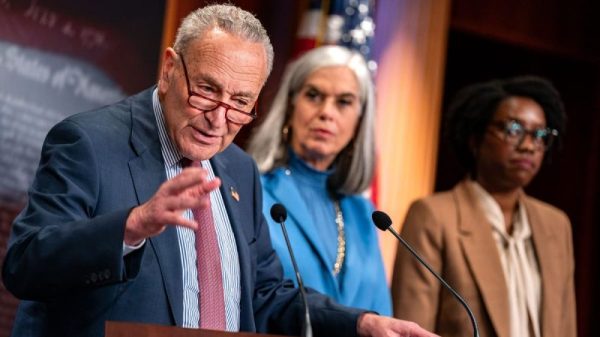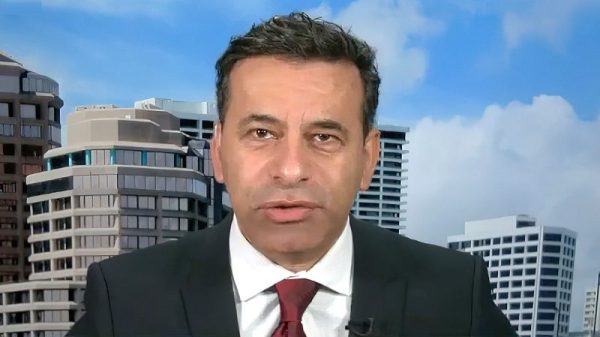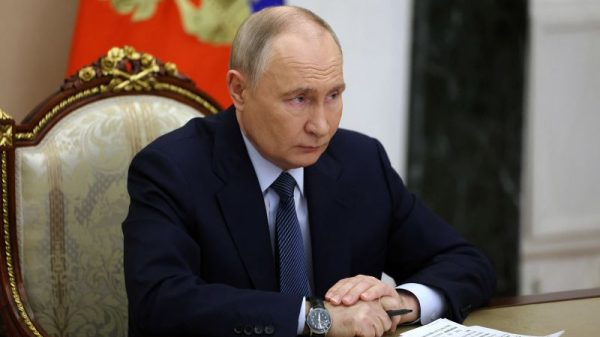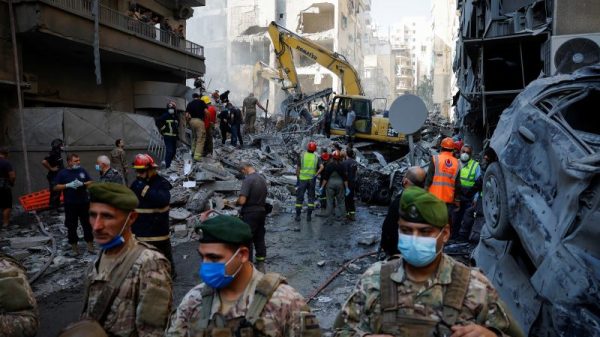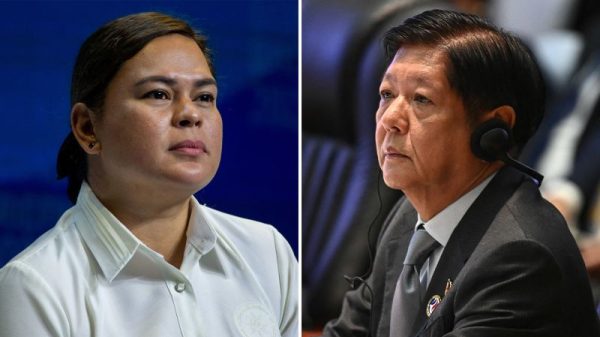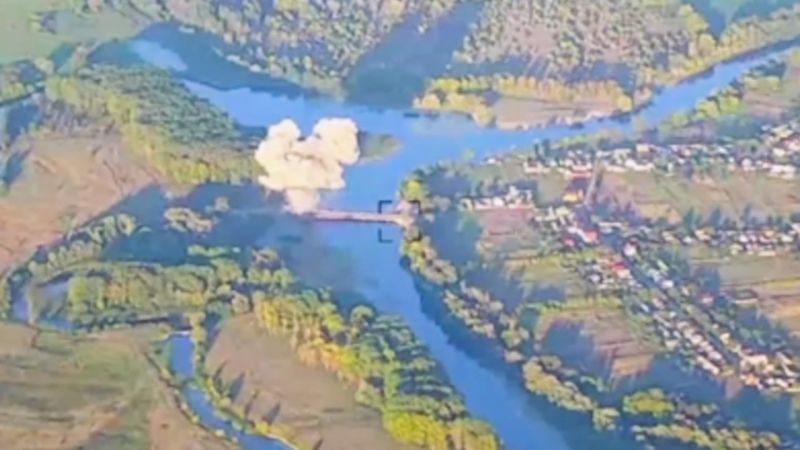Ukraine’s audacious foray into the Russian region of Kursk has been a triumph for its military intelligence and tactical agility – and equally a signal that, despite its advantage in terms of men and armor, the Russian military has plenty of vulnerabilities.
Just as importantly, it’s also sent a political message to Kyiv’s allies that has changed the prevailing narrative of the war – that Ukrainian forces are doomed to fight an endless rearguard action against superior Russian firepower.
Suddenly, Moscow’s oft-repeated insistence that all the goals of what President Vladimir Putin still calls the “special military operation” will be achieved ring hollow. Ukrainian forces claim to have taken almost as much territory in Russia this month (some 1,200 square kilometers by their own estimates) as the Russians have won inside Ukraine all year.
Moscow has seen setbacks ever since it launched its 2022 invasion, which was designed to capture Kyiv in less than a week. But the goals – and the methods to pursue them – have not changed. Massive bombardment accompanied by costly use of infantry have gradually eaten into Ukrainian territory.
Analysis by the Institute for the Study of War, a Washington-based think-tank, said “Putin likely assesses that as long as Russia can retain the initiative and prevent Ukraine from conducting operationally significant counteroffensive operations, Russia can inflict decisive losses on Ukraine over the long term, while outlasting Western security assistance to Ukraine and Ukrainian efforts to mobilize more of Ukraine’s economy and population for the war effort.”
Mathieu Boulegue, Senior Fellow at the Center for European Policy Analysis, agreed that “if you look at the grand strategy for each country, perhaps not much has changed.”
Turning the tide of the war
The Ukrainian military has confounded a growing consensus among Ukraine’s supporters that it had little chance of recovering much – if any – of its own territory. In Kyiv’s view, Kursk demonstrates its military deserves continuing, faster and better support from allies because it can change the direction of the war.
President Volodymyr Zelensky made this point in an address last week: “We’ve already expanded and will continue to expand the circle of those who support a just end to this war. It’s essential that Ukraine enters this fall even stronger than before.”
Mick Ryan, a former general in Australia and author of the Futura Doctrina blog, said Kursk “has demonstrated Ukrainian learning and adaptation after the failure of its 2023 counteroffensive,” referring to the much-hyped assault that delivered few gains for Kyiv.
“The Ukrainian aim here is to demonstrate that Russian victory is not inevitable, and that Ukraine can fight and win,” added Ryan – persuading the doubters to sustain support and perhaps more importantly further relax restrictions on how and where their weapons can be used.
The Ukrainians have persistently sought to overcome hesitation among allies about supplying systems that might escalate the conflict – first with artillery and battle-tanks, later with F16 combat jets and longer-range missiles such as HIMARS and ATACMs.
Until May, the use of US weapons to strike Russian soil was a red line for a Biden administration apprehensive of escalation. Then came Russia’s incursion into Kharkiv region, aided by long-range strikes from well within Russian territory. The Ukrainians were in effect fighting with one hand behind their back; the city of Kharkiv was vulnerable.
The ban was relaxed, allowing some US systems to target Russian territory. In Kursk the Ukrainians have further eroded it by using armor inside Russia. US, German and UK-provided armored vehicles and tanks have been seen barreling through the Russian countryside; western missiles have brought down bridges that might otherwise abet Russian defenders.
Zelensky has said that Russia’s bluff has been called. “The whole naive, illusory concept of the so-called red lines in relation to Russia, which prevailed in the assessments of the war of some of our partners, crumbled in these days somewhere near Sudzha,” he said.
“Ukraine has demonstrated, again, that the various red lines projected by the Russian president are nothing but a chimera designed to reinforce Western political timidity about decision-making on the war,” Ryan said.
Boulegue argued the Kursk operation is a valuable way for both Ukraine’s allies “to test Putin’s pain threshold, a really good way to test Russia’s other forms of deterrence using a proxy.”
“Russian red lines are fluid, and this is another incidence of raising the temperature gradually.”
The Ukrainians have won an important political argument here: there have been no public objections from Western capitals to the opening of this new front, and indeed plaudits from many members of NATO, including Germany, the UK and the United States.
“As they see attacks coming across the border, they have to be able to have the capabilities to respond,” Pentagon spokeswoman Sabrina Singh told reporters earlier this month.
The EU’s top diplomat, Josep Borrell, went further, saying on X Wednesday that “Lifting restrictions on the use of capabilities vs the Russian military involved in aggression against Ukraine, in accordance with international law, would have several important effects: -Strengthen Ukrainian self-defense by ending Russia’s sanctuary for its attacks and bombardments of Ukrainian cities and infrastructure. Save lives and reduce destruction in Ukraine. Help advance peace efforts.”
But there is a limit to the West’s level of comfort. Ukraine would like to target airfields deep inside Russia with longer-range ATACM missiles; Washington does not seem inclined to agree.
Zelensky has countered that “If our partners lifted all existing restrictions on using such weapons on Russian territory, then we wouldn’t need physically to enter the Kursk region with the aim of protecting our Ukrainian citizens in border regions and destroying the Russian aggression potential.”
But taking Russian land improves Ukraine’s bargaining position at any negotiations, and also works as a hedge should former President Donald Trump win the US election and seek to force a peace settlement on Ukraine.
Western way of fighting
The success of the Kursk incursion was not just down to Western hardware: Ukrainian intelligence gathering, planning and special forces executed the operation, along with plenty of Ukrainian-made drones, artillery, electronic warfare and even thermobaric weapons.
That “highlights Ukraine’s agency, thereby undermining Russia’s portrayal of the conflict as a proxy war with the West,” noted Olga Tatariuk at Chatham House. It also offers allies reassurance that the Ukrainians are not doomed always to be on the defensive; that they are learning the Western way of fighting after the high hopes for 2023’s counter-offensive were shattered.
As one Ukrainian soldier in Kursk described it: “This operation was very well planned. I don’t know who worked on the plan but they did a good job. We were moving in the center, we had support left and right from us. Great operation.”
The Kursk operation remains a high-stakes gamble for Ukraine at a time when Russian forces are closing in on two important hubs in eastern Donetsk: the cities of Pokrovsk and Toretsk. But Ukrainian forces have shown that the conflict is not a one-way street.
“We don’t know yet whether this will be a footnote or a game changer,” said the analyst Boulegue. For the Ukrainians, sustaining the operation as Russia brings more artillery and aviation to bear will become increasingly difficult.
But for every passing day that Ukrainian forces control an area of Russian territory the size of Hong Kong, the Kursk incursion becomes less of a footnote.










